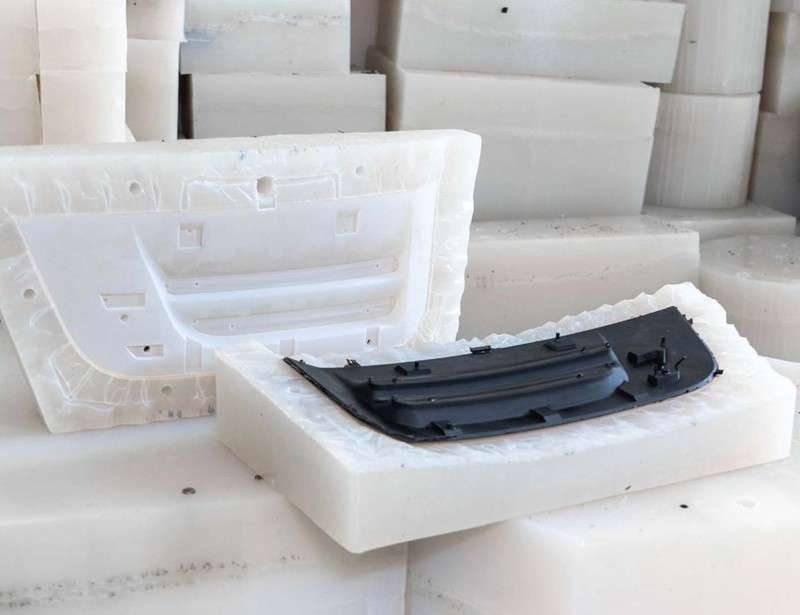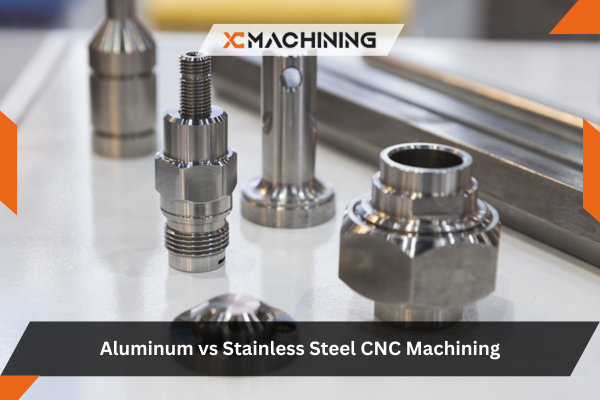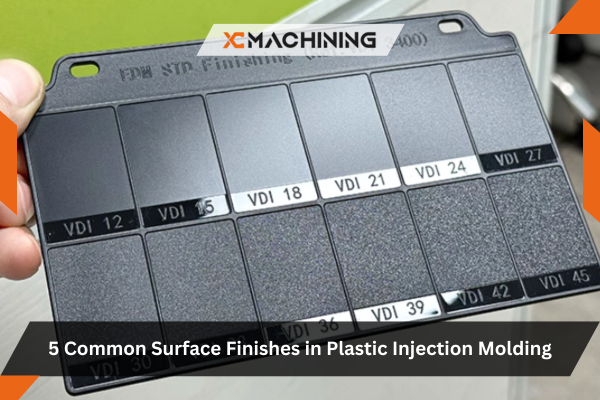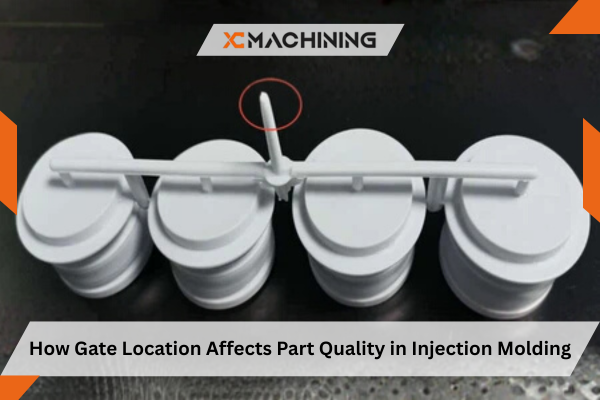Stainless Steel 316/316L supports a wide range of finishing options that enhance aesthetics, corrosion resistance, surface smoothness, and overall durability. These finishes help manufacturers meet strict requirements across medical, marine, food-grade, and precision engineering applications.
Polishing (Mirror, Semi-Mirror, and Satin Finishes)
Polishing is one of the most popular finishing processes for 316/316L because it significantly improves surface smoothness and reduces roughness. A mirror polish delivers a highly reflective surface ideal for medical devices and luxury components, while a satin or brushed finish offers an elegant matte appearance used in architectural and consumer products. Polishing also removes surface contaminants, making the alloy more hygienic and corrosion-resistant.
Sandblasting / Bead Blasting for Uniform Matte Texture
Blasting creates a smooth, non-reflective matte finish by propelling sand or glass beads onto the part surface. This finish is excellent for hiding machining marks and producing a uniform look. It’s widely used for marine, industrial, and mechanical components that require a clean, consistent appearance without extra shine. It also improves coating adhesion by lightly roughening the surface.
Electropolishing for Ultra-Clean Medical & Food-Grade Parts
Electropolishing dissolves a microscopic layer of stainless steel to create an exceptionally smooth, bright, and clean surface. It improves corrosion resistance, removes burrs, and significantly reduces surface roughness to Ra < 0.2 μm. This finish is required for medical instruments, pharmaceutical equipment, and high-purity environments because it eliminates microbial traps.
Passivation for Enhanced Corrosion Resistance
Passivation is a chemical treatment that strengthens the natural chromium-oxide protective layer on stainless steel. For 316/316L, the process removes iron residues and machining contaminants, preventing rust formation and improving resistance to chlorides and chemicals. Industries such as food processing, marine engineering, and chemical plants rely heavily on passivated components.
Powder Coating, PVD, and Specialty Coatings
Although stainless steel already has strong corrosion resistance, coatings like powder coating, PVD (Physical Vapor Deposition), and ceramic layers can improve wear resistance, aesthetics, and durability. PVD is commonly used for decorative hardware, while powder coating provides color, texture, and external protection for outdoor or industrial environments. Specialty coatings further enhance performance in corrosive or abrasive conditions.
What Are the Common Challenges in Machining 316/316L?
Despite its excellent mechanical and corrosion-resistant properties, Stainless Steel 316/316L is considered a difficult-to-machine alloy due to its toughness, work-hardening tendency, and high heat generation. Understanding these challenges helps machinists optimize tool life and achieve consistent part quality.
Work Hardening During Cutting Operations
Stainless Steel 316/316L tends to harden rapidly when machined, especially if the cutting tool pauses or rubs instead of shearing cleanly. This work-hardened layer becomes extremely difficult to cut through, leading to tool chipping and poor surface finish. Maintaining steady feeds and sharp cutting tools is essential to reduce this problem.
Excessive Heat Generation and Thermal Stress
316/316L has low thermal conductivity, which means heat does not dissipate quickly during machining. Instead, it concentrates at the cutting zone, raising temperatures and accelerating tool wear. High-pressure coolant, optimized speed reductions, and carbide tooling help manage heat buildup effectively and extend tool life.
Increased Tool Wear Due to Toughness and Alloy Composition
The combination of nickel and molybdenum makes 316/316L extremely tough, but this same toughness causes high cutting forces that wear down cutting tools quickly. Carbide tools with advanced coatings (TiAlN, AlTiN, or CVD) are commonly used to withstand the stress and maintain cutting efficiency, especially during long production runs.
Chip Control Difficulties and Built-Up Edge (BUE)
316/316L produces long, stringy chips that can wrap around the tool or workpiece, interrupting operations and affecting accuracy. These chips may also cause a built-up edge, where metal adheres to the cutting tool, resulting in poor surface quality. Chip breakers, proper tool geometries, and optimized feed rates help prevent these issues during machining.
Risk of Galling and Poor Surface Finish
Because stainless steel tends to adhere to tool surfaces due to friction and heat, galling becomes a major challenge when cutting 316/316L. This adhesion damages the part surface and can scratch precision areas. Using cutting fluids with anti-galling additives, maintaining sharp tool edges, and ensuring controlled cutting conditions reduce this risk and ensure smoother finishes.














